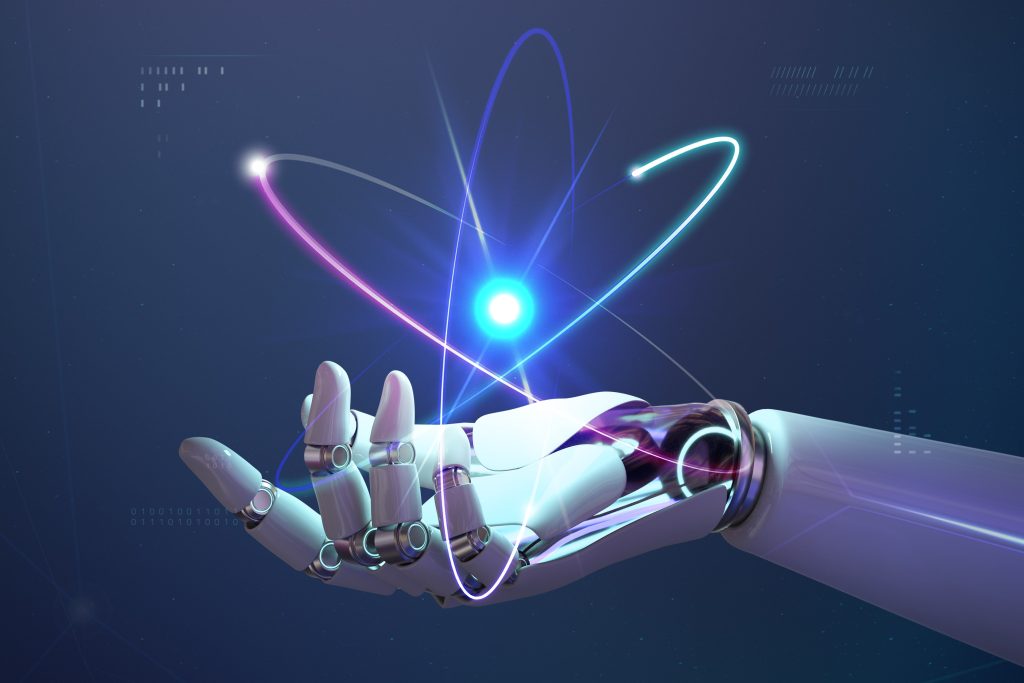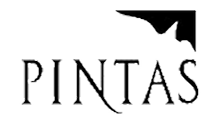
Introduction: Inventive AI Has Arrived
In the past, innovation had always been a human activity. Even though computers had been widely utilized in research and development (e.g. for calculation, data analysis or recognition of patterns from information[1] to save time and money on unnecessary tests),[2] these intelligent machines had merely been seen as a tool that supports the human inventors in the inventive process. However, as artificial intelligence (“AI”) technology becomes more advanced, highly intelligent machines that could produce inventions of patentable quality with minimal human input or supervision might have existed. It would not be far-fetched to suggest that today’s AI can “invent” on its own or substitute the human inventor’s role.
Inventorship: A Requirement for Patent
Inventorship is an important concept under patent law. “Inventor” is usually understood in its literal meaning as a person who produces the invention. The inventor is usually the first owner of a patent subject to some exceptions. It follows that a patent application must state the inventor of the claimed invention. In a way, inventorship is a requirement that must be satisfied before a patent could be granted.
DABUS: A Litmus Test for AI Inventorship
Somewhere around 2018, an AI known as DABUS was claimed to have generated two patentable inventions namely a neural flame and a fractal container independently.[3] According to its creator, Stephen Thaler, the new AI paradigm is able to generate potential inventions by combining simple concepts into more complex ones that in turn launch a series of memories that express the anticipated consequences of those ideas.[4]
In 2019, Thaler applied patents[5] for the two inventions at the United States Patent and Trademark Office (“USPTO”) and for the first time, he listed DABUS, a non-human, as the inventor. However, the patent applications were refused by the USPTO citing the main reason of failure to identify a human inventor.[6]
Under the U.S. patent law, for a person to be an inventor, he must have contributed to the invention’s conception. “Conception” is defined as “the formation in the mind of the inventor of a definite and permanent idea of the complete and operative invention as it is thereafter to be applied in practice”.[7] In its decision to reject the patent application naming DABUS as the inventor, the USPTO explained that the statutory language of Title 35 of the U.S. Code and existing Federal Circuit authorities such as Beech Aircraft Corp. v EDO Corp.[8] and University of Utah v Max-Planck-Gesellschaft[9] suggest that “conception – the touchstone of inventorship – must be performed by a natural person.” Thaler appealed to the U.S. District Court unsuccessfully as the court affirmed the USPTO’s decision.[10]
Between 2018 and 2019, similar applications were also filed by Thaler to other major patent offices in the world such as the United Kingdom Intellectual Property Office (“UKIPO”)[11], the European Patent Office (“EPO”)[12] and IP Australia.[13] It is worth noting that all these patent offices have rejected Thaler’s applications for the same reason that only humans could be recognized as inventors under their respective patent laws.[14] Thaler appealed against these patent offices’ decisions but only succeeded in one appeal. The U.K. Court of Appeal[15] and the EPO Board of Appeal[16] upheld the UKIPO and the EPO’s decisions whereas the Australian Federal Court[17] allowed the appeal. In its historic decision last year, the Federal Court ruled that an AI system can be an inventor under the Patents Act of Australia.

Lesson from DABUS: An Inventor Should be A Human
The DABUS case is important as it confirms that at present, patent law in most parts of the world still insist on the requirement of human inventorship, despite that today’s AI may already be capable of generating novel, non-obvious and useful inventions autonomously. While some progress has been made in expanding the scope of inventorship (as seen from the Australian Federal Court’s ruling) in line with the changing inventive practices in the real world, the general rule remains that an inventor must be a human being.
Advice for AI Owners or Users
Based on the above and upon our further research, there are some advice that we at Pintas IP Group would like to share with you:
- If you are utilizing an AI in research and development, it would be best to ensure that there is an individual or a team who is actively in charge of the innovative process instead of leaving the task entirely to the computer. Having someone who constantly monitors the experiments, reviews the results and gives feedbacks to the system for improvement will enable that person to fulfill the conception requirement and claim inventorship if any invention is borne as a result. This would eliminate the potential problem of having a non-human inventor.
- If somehow you found that your AI might have produced a new invention independently, you might want to apply for patent in respect of that invention by identifying yourself as the inventor. This would allow you to circumvent the requirement of human inventorship and thus obtain patent. Although grey areas exist in doing so, it is unlikely for the patent office or the public to discover or scrutinize the fact that you have not performed the mental act of conception (or that an AI has “invented” the claimed invention), so long as you make no mention of it. In fact, as early as 1998, the USPTO had awarded a patent[18] to Stephen Thaler for an invention allegedly produced by the predecessor of DABUS known as the Creativity Machine, without them knowing that Thaler did not invent it.[19]
It is hoped that the information above can give you a better idea of how to safeguard your patent rights in this AI-reliant era. If you have further queries, please do not hesitate to consult us. We would be glad to assist you in your IP-related matters.
[1] Abbott, Ryan, “I Think, Therefore I Invent: Creative Computers and the Future of Patent Law”, (2016) Boston College Law Review at 13.
[2] Hirschler, Ben, “Big Pharma Turns to AI to Speed Drug Discovery, GSK Signs Deal”, (2017) Reuters, https://reut.rs/2x0d1Rs.
[3] Tapscott, Rebecca, “USPTO Shoots down DABUS’ Bid for Inventorship”, (2020) IPWatchdog, https://www.ipwatchdog.com/2020/05/04/uspto-shoots-dabus-bid-inventorship/id=121284/?fbclid=IwAR3PMTxiJbqPSXnnK5XJsCw95gTwMTybziIr5EiA5X1Ynka9yLkbOVyTtMc.
[4] “DABUS Described”, Imagination Engines, https://imagination-engines.com/dabus.html.
[5] U.S. Patent Applications 16/524,350 and 16/524,532.
[6] USPTO Decision in Patent Application 16/524,350, https://www.uspto.gov/sites/default/files/documents/16524350_22apr2020.pdf?utm_campaign=subscriptioncenter&utm_content=&utm_medium=email&utm_name=&utm_source=govdelivery&utm_term=.
[7] Townsend v. Smith, 35 F.2d 292, 295 (C.C.P.A. 1929).
[8] 990 F.2d 1237, 1248 (Fed. Cir. 1993).
[9] 734 F.3d 1315 (Fed. Cir. 2013).
[10] Thaler v. Hirshfeld et al., No. 1:20-cv-00903-LMB (E.D.Va. September 2, 2021).
[11] U.K. Patent Applications GB18168909.4 and GB1818161.0.
[12] E.U. Patent Applications EP18275163 and EP18275174.
[13] Australia Patent Application 2019363177.
[14] Egbuonu, Kingsley, “The Latest News on the DABUS Patent Case”, (2021) IP STARS, https://www.ipstars.com/NewsAndAnalysis/the-latest-news-on-the-dabus-patent-case/Index/7366.
[15] Thaler v. Comptroller-General of Patents [2020] EWHC 2412.
[16] Press Communiqué on Decisions J 8/20 and J 9/20 of the Legal Board of Appeal dated 21 December 2021.
[17] Thaler v. Commissioner of Patents [2021] FCA 879.
[18] U.S. Patent No. 5,852,815.
[19] Supra n.1 at 6.
